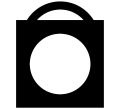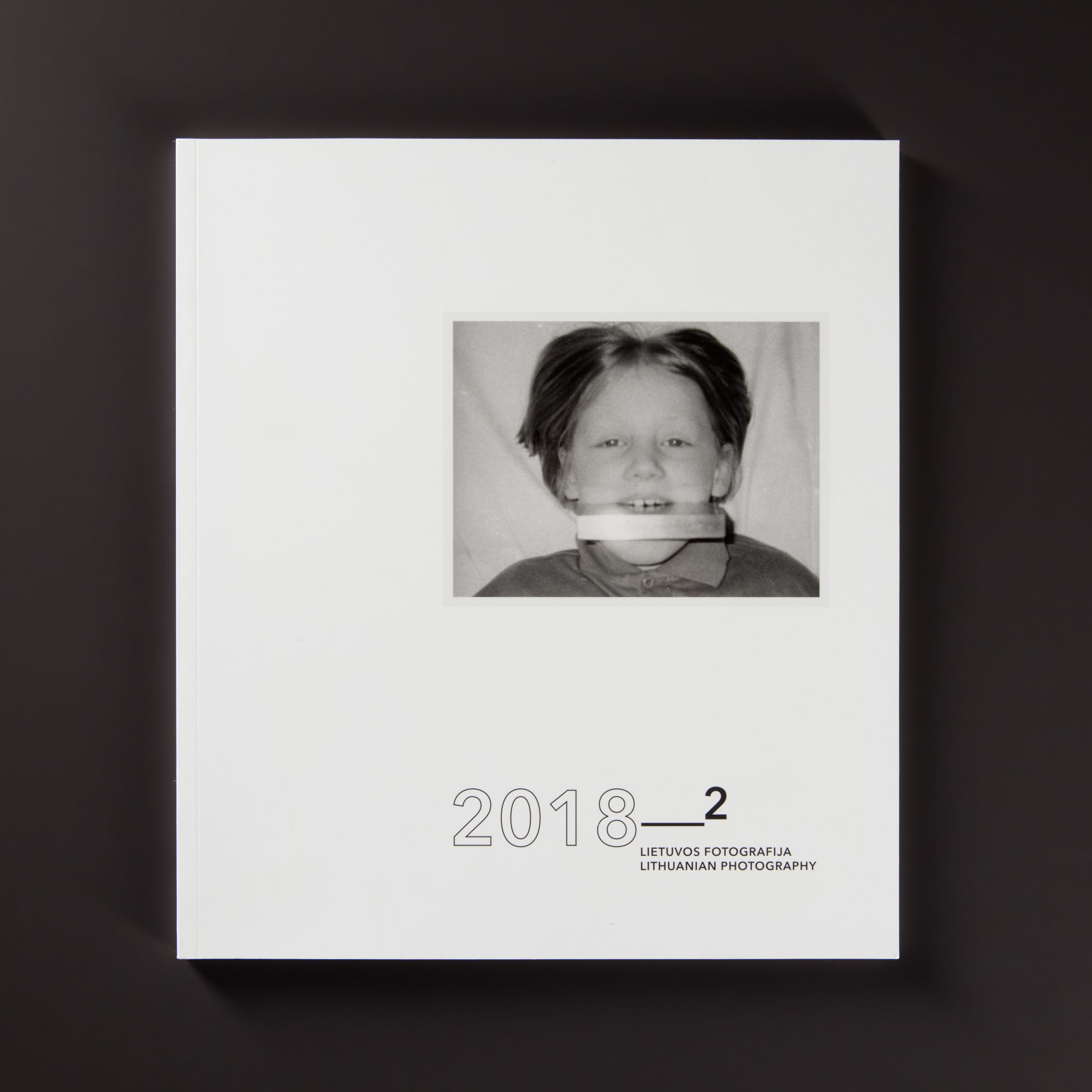Photo exhibition as a reformative testimony
Because of its dark relationship with reality than other media, photography has been serving not only as a passive witness of the existence of the world or, if you naïvely believe in the objectivity of photography, the documenter, but also an active performer, founder and mediator. This almama of "Lietuvo photography", which is intended for photo exhibition as a media of specific content, not individual photographs, and will work between the two photographs as witnesses And photography as founder Paradigms.
Photo exhibition documentation as heterotoopia
On the occasion of this issue, I would once again like to mention the concept of Michel Foucault's heterotopathy. According to Mr Foucault, heterotoopia is a concept of human geography that describes places and spaces that function in non-hegemonic conditions. Such space is usually another space, it is neither here nor there, at the same time both physical and mental; as an example could be a telephone call space or a moment when you see yourself in the mirror. Such a heterotopic space can also be considered as photography, as captured and the space of the moment is captured and opened, as a reference to what is no longer really and cannot be restored, or, especially in the case of post-betting photography, and museums and exhibitions are radically regulated realities as reformative founders of a different reality.
Mr Foucault refers to the museum as a heterotope (or heterochronia) of time, a society that accommodates works of different styles and ages. The term heterotopicia can be used to describe not only spaces, the components of spaces (larger heterotopes can accommodate smaller ones), but also movement in time, locally, moving in physical or intangible form from one place to another. Heterotomy is a state of float, which gives rise to the possibility of being at least two places at a time. As one example of an ideal heterotoopia, Mr Foucault identifies the ship:
"(...) conscious of that the ship is a floating part of space, a place that lives on its own, closed within itself and hanged in an endless ocean, but moving from port to port, drifting zigzags from the burgundy to the bordel, reaching the colonies in search of the most precious objects hidden in the gardens of the colonies, you will understand why the ship was not only a very important instrument of economic development, but also the greatest reserve of our imagination. The ship is heterotoopia par excellence. In civilizations that do not have it, dreams dry up, adventures are replaced by espionage, and pirates are replaced by the police."
In the 20th century, the heterotope of the ship (which also marks the symbolic catastrophe of the Titanic) was replaced by planes, these were cars, but the prevailing heterotope of the cultural age of this network is the enlightening network(s). When asked what era we are currently living in, Kazys Varnelis Jr. states that "our age – although other ages have had its own networks – is the first modern age, the main paradigm of organized and centralized hierarchies is network."
Contextual at a glance
It is no coincidence that the Internet has become a network in which, rather than in a particular physical space, exhibitions are specially created and hosted. There is some context on this occasion. At least since the 1990s, along with a new and more narcissistic rise of the exhibition curator's figure and a new revision of historical art exhibitions, the exhibition is increasingly defined as a separate full-fledged media. Famous major art publishers such as Phaidon or Afterall have begun publishing historical and influential exhibitions reviewing books and magazine series. The opportunities offered by digital technologies have recently led to a major increase in the photo documenting and publishing of exhibitions on websites and social networks specifically designed for this purpose (e.g. Contemporary Art Daily, Art Viewer.org, etc.). There are also a number of world-famous photographers, such as German Thomas Struth, turning the camera and to exhibition visitors, making their photoports. In the past, artists and photographers have demonstrated their works by printing catalogues, and now they can be displayed on digital screens. Increasingly, the image on digital screens is becoming the ultimate photographic product, and exhibitions are often created only for this digital space – the photo documenting of the exhibition becomes more important than the physical form of such an exhibition.
Content of almanacho at a glance
This almach as a study of the documentation of Lithuanian photo exhibitions covers a fairly wide period of Lithuanian photographic history and exhibitions. The album begins with photographs of the first Lithuanian museums, more precisely, from the photographs of the Vilnius Antiquities Museum and Dioniz Poška Baublias, the first Lithuanian ethnographic museum, and ends with questions and answers about the most important exhibitions in Lithuanian photographic history.
Almalach will not be inseutant and without special attention to photographic personalities. Among them – one of the most underrated creators of Lithuanian art and photography history – painter, painter, graphic, photographer Veronika Sleader (1906–1998), who was one of the first to deliberately use photography as documenting (exhibition and event organizational documentation, social photography) and creating and reformatment media (re/construction of identities, creation of visions, live paintings, erasure of boundaries between everyday life and art, etc.). With V. Šleivytės biography and creation, the art researcher Milda Dainovskytė is more widely introduced.
The author of the two published series, "Post Ars" performances in Zatyšių sand quarry (1990) and "Photographic Exhibition in the Landscape" (1991–1992), is the author of the documents of the campaign Gintaras Zinkevičius. The documentation together links the two functions of photography as a documenting tool and independent artistic media.
For architect and artist Valdas Ozarinsk (1961-2014), photography was only one of many instruments in his vast interdisciplinary arsenal. As a long-term architect of exhibitions at the Vilnius Contemporary Art Center, he clearly knew that the ways and space of the exhibit are components of the exhibition, as he proves in one of the photocycles "Good Steel-2" (1995, "Northern Athens" salon).
In one composite question interview "What (Lithuanian) photo shows you are stuck in as those that you think were very meaningful events of photography or a wider field of art, changing the perception of photographic history?" is answered in detail by Margarita Matulytė, Agnė Narušytė and Vytautas Michelkevičius, who studied the field of lithuanian photography in detail. The answers of these researchers also include a team of Soviet posters and film shots from the openings of exhibitions organized by the LSSR Photographic Art Society (1972–1974) and the 3rd Congress of the LSSR Photographic Art Society (1986), filmed by Juozas Kazlauskas.
At the end, the author's sequences of documents for contemporary art and photography exhibitions are published by artist Elena Narbutaitė and photographer Malvina Jelinskaitė.
Thank you
This almach, perhaps even more than usual, owes to all participants and lovers of Lithuanian photographic history who generously supported tips, references and works. Thank you heartily to everyone – both those whose photographs came to the album and who have contributed otherwise, because the revision of the history of the photo exhibition, in this case the revision of the history of the photo exhibition, that is dotted and episodic, is only successful when we do it all together.
Nice flip!
nandhi k





